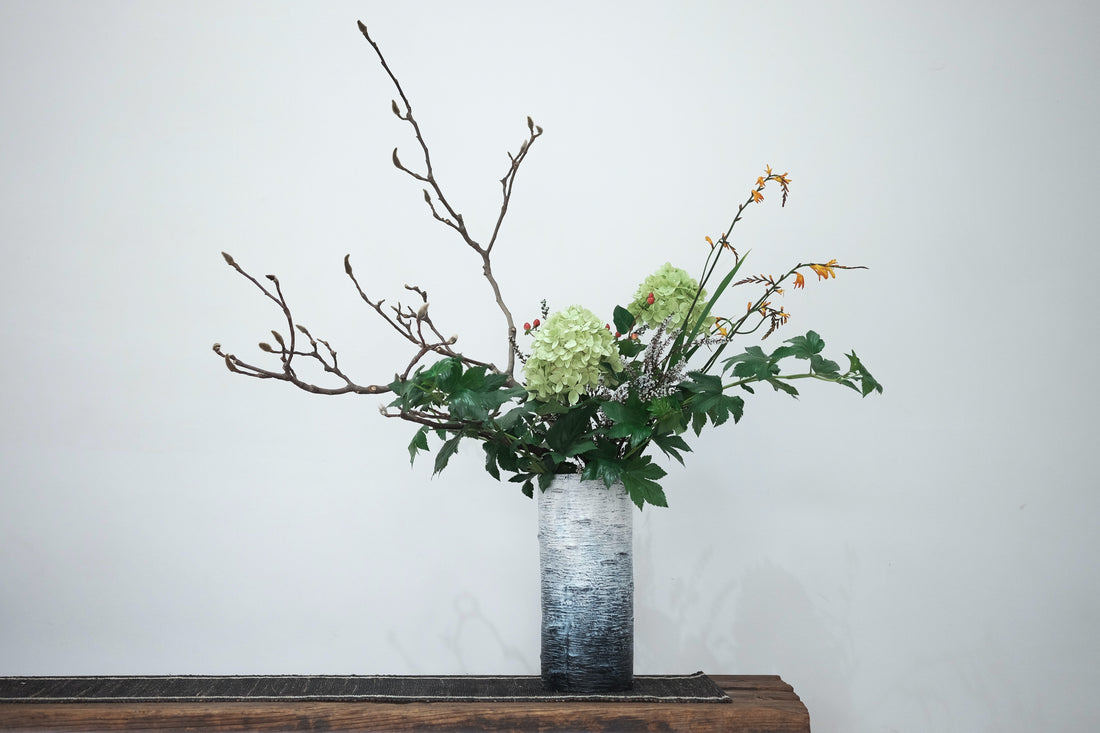
The Art of Ikebana: Elevating Floral Design in the Florist Flower Industry
Share
The world of floral design is a captivating realm where creativity meets nature's beauty. Among the various techniques that have emerged over time, one stands out for its elegance, precision, and cultural significance – Ikebana. Rooted in Japanese tradition, Ikebana has become a cornerstone of the florist flower industry, offering a unique approach to arranging flowers that goes beyond mere aesthetics.
Ikebana Unveiled:
Ikebana, also known as "Kado" or the "way of flowers," is an ancient Japanese art of flower arrangement that traces its origins back to the 7th century. Unlike conventional floral design, which often focuses on symmetry and fullness, Ikebana takes a minimalist approach, highlighting the beauty of each individual element while maintaining harmony and balance in the arrangement.
Elegance in Simplicity:
Ikebana emphasizes the beauty of simplicity. The arrangements typically consist of a few carefully chosen stems, leaves, and branches. This approach encourages florists to consider the negative space, emphasizing the relationship between the elements and the space around them. The result is a composition that evokes a sense of tranquility and elegance, making Ikebana arrangements ideal for a variety of settings, from home décor to events and special occasions.
Cultural Significance:
In the world of the florist flower industry, Ikebana brings a cultural richness that sets it apart. Each aspect of Ikebana is deeply rooted in Japanese philosophy and aesthetics. The choice of materials, their placement, and the overall design are all influenced by concepts such as Wabi-sabi (embracing imperfections) and Zen Buddhism (finding beauty in the present moment). By incorporating Ikebana into their repertoire, florists can offer customers a unique glimpse into the world of Japanese tradition and artistry.
The Art of Balance:
Central to Ikebana is the idea of balance. Each element used in an arrangement holds a specific role, from the tallest stem representing heaven to the shortest one symbolizing earth. The balance between these elements reflects the harmony that exists in nature and the universe. This concept can serve as an inspiring metaphor for life itself, making Ikebana arrangements not only visually pleasing but also thought-provoking.
Ikebana Today:
Incorporating Ikebana into the florist flower industry allows professionals to offer a unique and culturally rich experience to their clients. From boutique flower shops to grand events, Ikebana arrangements stand out as artistic masterpieces that transcend time and trends. By embracing this ancient art form, florists can elevate their offerings and create memorable experiences for those seeking beauty, harmony, and a touch of Japanese tradition.
The world of Ikebana is a testament to the beauty that can be achieved through simplicity and mindful design. Its cultural significance, emphasis on balance, and elegance in simplicity make it a valuable addition to the florist flower industry. As florists continue to explore the realms of creativity, Ikebana serves as a timeless reminder of the power of nature-inspired artistry to captivate hearts and minds alike.
